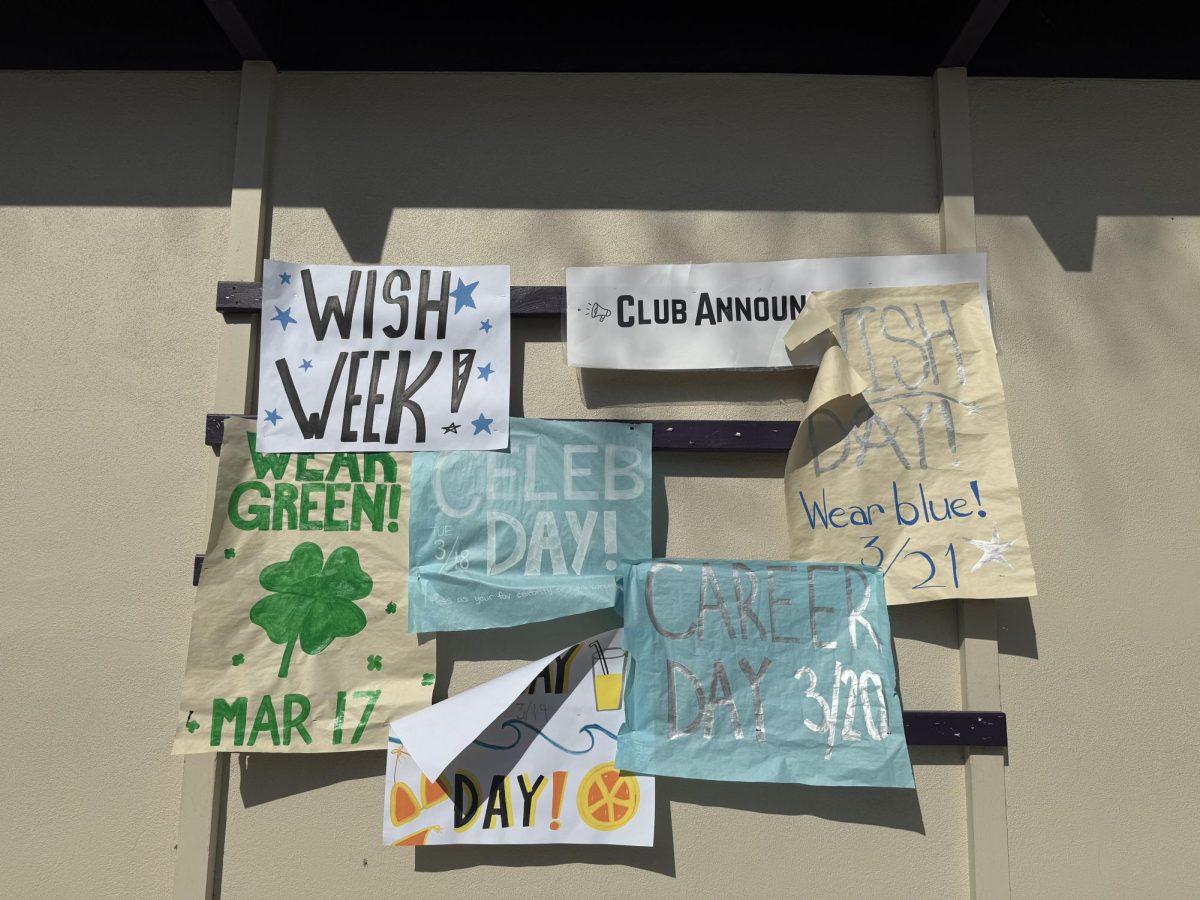The dangers of “swatting”, fake reports and phone calls

Prank calling emergency services is a ploy often used to send police officers to a location.
October 14, 2022
False shooting threats, known as “swatting”, have become a growing concern as schools receive false threat calls. Foothill High School is one of the schools that recently experienced a threat that resulted in an all-school lockdown on Sept 8.
“When they made the announcement I actually wasn’t in class… I started to freak out a little bit,” said Foothill student Ainsley Chang (‘23).
The source of the threat is unclear, as some students report it being a shooting threat while others say the lockdown was due to a robbery nearby. Regardless, the lockdown was not treated as a serious threat to the school and all students were safe.
“All the students didn’t care, everyone was just doing the normal routine cause everyone thought it was a drill,” said Chang.
Fake school shooting threats, real dangers
Swatting is the act of prank-calling emergency services in order to send police officers to a specific location. Not only has swatting taken place at Foothill, but similar threats have been reported all over the country.
“There’s always the ‘Hey you need to call us right now or we’re gonna call the cops.’ It’s never the police or the authorities,” said computer science teacher Kevin Kiyoi about his experience with scam calls.
According to Wired, 92 instances of false threat calls have happened around the country from September 13 to September 30. Many of the threats were sourced to a single entity. While no one is at serious risk, swatting causes fear and anxiety which can lead to injuries.
“I think initially I was more confused than scared because usually when they announce this stuff it is a drill,” said Chang.
With different levels of threats taking place, it’s hard to determine the danger of swatting, and the action needed. The most extreme case involves authorities sent on campus, but situations like phishing, fraudulent scam emails, or text messages, can also be harmful.
“The danger is not having enough knowledge enough education to know that they are phishing types of activities,” said Kiyoi.
Scam calls, not threat related
Kiyoi shares how the common phishing scam can be used to target susceptible groups like senior citizens and children. Making sure that people are able to distinguish what scams and threats are fake is the best prevention.
“I myself, I don’t pay attention to them but what I say to the students is what about your grandparents? Would your grandparents fall for these things?” said Kiyoi.
Oftentimes these scam calls should be ignored, but there is the off-chance that it’s real. Former Amador Valley student Kevin Atlas once received a phone call from the White House in class that seemed fake, but it was actually about President George W. Bush wanting to meet with him.
“Lots of times, we think these things are fake but once in a while they actually are real,” said Kiyoi.
With struggles to differentiate between real and fake threats, it’s difficult to say how schools can go about dealing with these situations. The most important step is to ensure safety and to distinguish false threats, especially for vulnerable groups like little children and the elderly.



